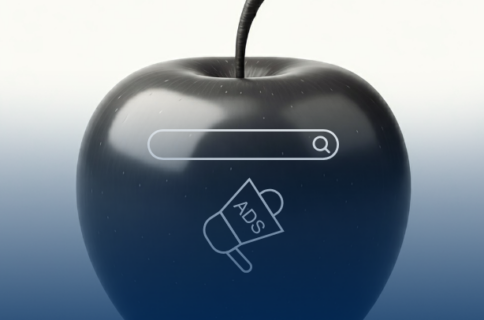A Review of Top Hispanic Marketing Campaigns
Top Hispanic Marketing Campaigns
What does a top Hispanic marketing campaign look like? Brands have been trying, succeeding, and failing in answering the question for decades.
Major brands dedicate marketing dollars in catering to US-based Hispanics, those in Latin America, and throughout the world. Digital ad spend on Hispanic targeted ads will reach $1.51 billion in 2020.
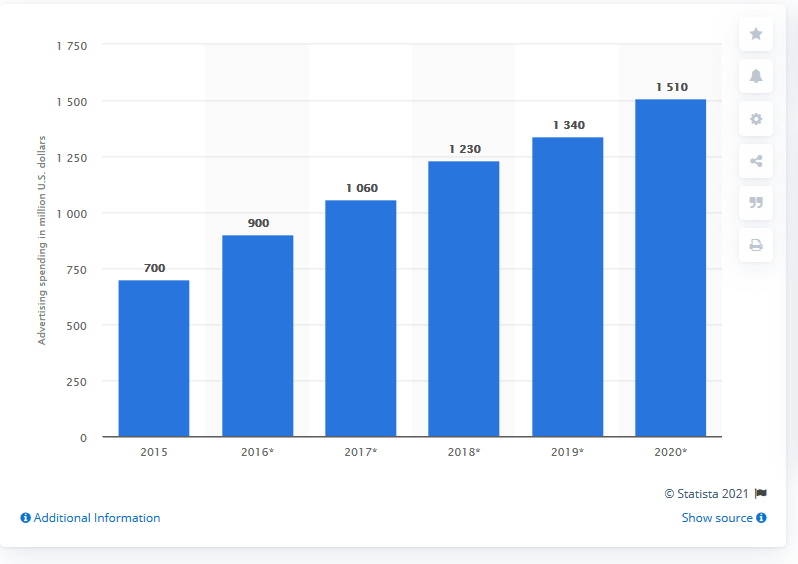
The future benefits by studying the past. Learn more about what works (and what doesn’t) from previous fortunate and failed Hispanic marketing campaigns.
MLB Adds Diacritics
By 2017, over one-quarter of Major League Baseball players had Latino origins. The rise of Latino players in the league is astounding:

The MLB teamed with a Hispanic ad agency to add an accent to the MLB logo and players’ jerseys where necessary. The MLB recognized the importance of Spanish identity, representing a significant portion of players as well as an increased percentage of Spanish fans.
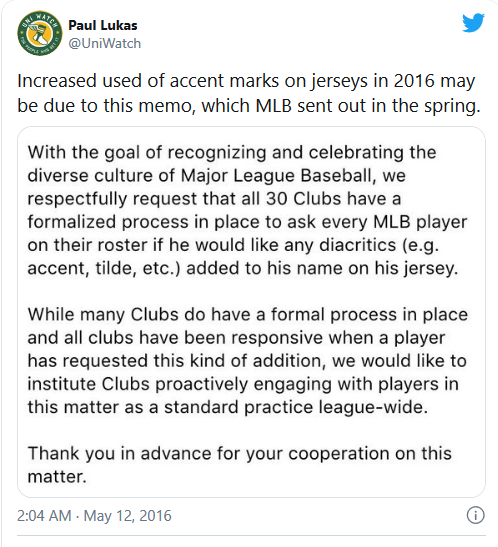
DISH Serves-Up Spanish TV Package
The satellite service, aware of the significant number of dual-speaking households, offers DishLatino, a mixture of English and Spanish-speaking channel options. A single household is provided with entertainment, news, and pop culture in two languages and multiple cultures.

Burger King Feeds Starved Drivers in Mexico City
Burger King came to the rescue of many drivers stuck in Mexican traffic jams. Testing a new real-time marketing technology, BK used GPS data to track drivers stuck in traffic to successfully deliver tasty goods.
Real-time data connected couriers on motorcycles with hungry drivers otherwise “stuck” in notoriously-idle Mexico City traffic.
Orders were delivered in 15 minutes on average. Burger King’s head of marketing for Latin America and the Caribbean stated the marketing campaign increased delivery sales by 63% in selected locations.
The Hispanic marketing campaign used the Burger King app, personalized messaging, and real-time location data to “personalize” order updates as well as gather data about optimal locations for future efforts.However, BK is not the only fast-food provider looking to take the Spanish marketing throne …
McDonald’s Devotes Dollars to Hispanic Marketing Campaigns
McDonald’s is among America’s top brands for initiating Hispanic marketing campaigns. Hundreds of Spanish-focused endeavors are exacted each year, including Spanish-only social media accounts as well as the dedicated website, Me Encanta.
 McDonald’s was one of the first American brands to create culturally targeted marketing campaigns within the US. The brand often involves Latino marketers and store operators in stages of the creative process.
McDonald’s was one of the first American brands to create culturally targeted marketing campaigns within the US. The brand often involves Latino marketers and store operators in stages of the creative process.
Target Eyes Spanish Tradition
Target made more people aware of the Spanish tradition of “sobremesa,” spending added time with friends and family around the table after a meal. Since it’s not directly translatable in terms of American culture, Target sought other terms also unrepresented throughout America via it’s #SinTraducción campaign.

The hashtag tickled the audience to interact, sharing more untranslatable Spanish words.
Further Reading:
– How to Create a Style Guide for Spanish Consumers
Netflix ‘s Narcos Connection
The Netflix sensation, Narcos, has no problem attracting fans. But, some fans have trouble understanding all of the Spanish words and references. Hence, an opportunity for Netflix to originate a clever Hispanic marketing campaign.
The campaign, “Spanish Lessons,” featured lead actors exploring commonly heard Spanish phrases, words, and what they mean in Spanish culture.
Mexi-Coca Cola
The average Mexican consumes double that of Americans. Recognizable politician, Vincente Fox, has a bit to add to the Mexican Coke lure. While working for the company in the 1960s, he would deliver to local suppliers, incentivizing those who bought Coke versus Pepsi.
Later on, Coke would sponsor the Mexico City Olympics and World Cup, eventually gaining the preference of Mexican soft drinkers. In some places, such as Chiapas, Coke is used in religious ceremonies. Decades ago, Coke replaced alcohol for customs related to healing and decoration.
To date, Mexican Coke vs American Coke remains a point of interest.

Bad Hispanic Marketing Campaigns
It’s one thing to make a faux pas at a dinner party, yet it’s another magnitude of mistake to potentially alienate and insult a target audience. Here are some recognizably unfortunate attempts at Hispanic marketing campaigns.
Coors Turns It Loose
“Turn it loose” could resemble verbiage spilling from an extreme sports athlete or one ready to party. But, when attempting to translate the sentiment to Spanish drinkers, the marketing campaign adopted a sour taste.
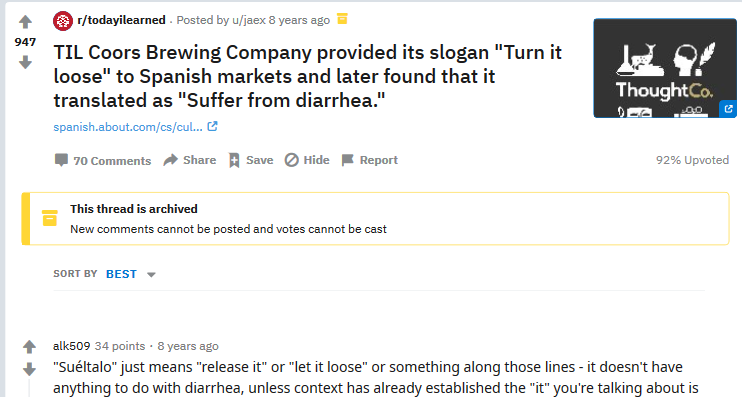
When launching its “Turn it loose” campaign in Spain, the translation was lost at best (and gross at worst). Regardless of literal or direct translation, it’s apparent the Hispanic marketing campaign attracted negative attention.
Braniff Goes Commando
Similar to the Coors campaign, Braniff Airline’s misuse of local translation made for mild amusement in Mexico. Rather than “fly in leather,” an echo of the airline’s prestigious seating, Mexican consumers read it as “vuela en cuero” or “fly naked.”
It’s not ethnically offensive or horrifically inappropriate, yet the error in translation was an issue for a major brand back in the 1980s with Braniff and continues today for others.
Further Reading:
– Mistakes Brands Make When Engaging the Spanish Market
Tecate’s Lack of Haute
Translation is not always the culprit in a poorly executed Hispanic marketing campaign. Some time ago, Tecate made the mistake of involving a well-intended yet ill-accepted inference – that Latin women are “hot.”
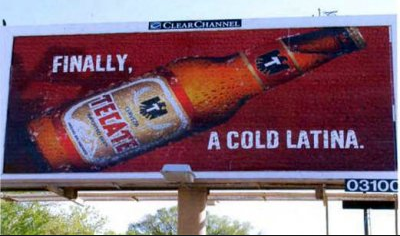
Clearly, the brand did not intend to offend, yet after initial and ongoing controversy (Congresswoman Lucille Roybal-Allard and other members of the Congressional Hispanic Caucus protested the ad was “racist and sexist”), Tecate retracted that particular campaign.
Hispanic Marketing Campaigns Review
Sports, especially baseball, is well-loved throughout Latin America. The sentiment is recognized by the DISH brand that provides international sports to US households. Also, it was well-played by the MLB to recognize Hispanic culture. A small sentiment can go a long way. The tilde on a player’s shirt resounds with other Hispanic players, which accounts for a growing percentage of players, but is relished most by the scores of Latinx baseball fans.
Burger King was crafty in using actual predicaments of Hispanics living in Mexico to solve a brand-related problem. The idea to use real-time GPS data, electronic billboards, and motorcycles to accommodate Mexico City consumers was genius. It’s a great example of how localization can take three-dimensional form.
Target saw opportunity to have fun with an issue hiding in plain sight for many brands – differences in American and Hispanic cultures. A growing number of American households have multi-generational inhabitants. Brands seek to cater to multiple sentiments residing in a single household, recognizing younger generations embrace American culture yet entire households are rooted in Hispanic culture.
Netflix’s Hispanic marketing campaign may be the most impressive, using Hispanic influencers, pop culture, real-time television, and Spanish-related content. McDonald’s continues to be a top brand devoting dollars on Hispanic marketing campaigns, with its own dedicated and regularly-updated website.
Translation makes for comical yet ineffectual Hispanic marketing mistakes. What’s crippling a number of brands is a two-pronged: localization and using Hispanic-based marketers.
Further Reading:
– Latin American Holiday Shopping Guide
– Building Brand Authority in Latin America
Altura Interactive provides marketing teams with the opportunity to partner with those experienced with Hispanic language and culture. As shown above, knowledge of local and regional culture is a major advantage. Moreover, American-based brands benefit from partnering with teams that have Hispanic-based knowledge, accounting for country-specific, regional, and local awareness. Contact us for Spanish SEO, Content Marketing, and more.


